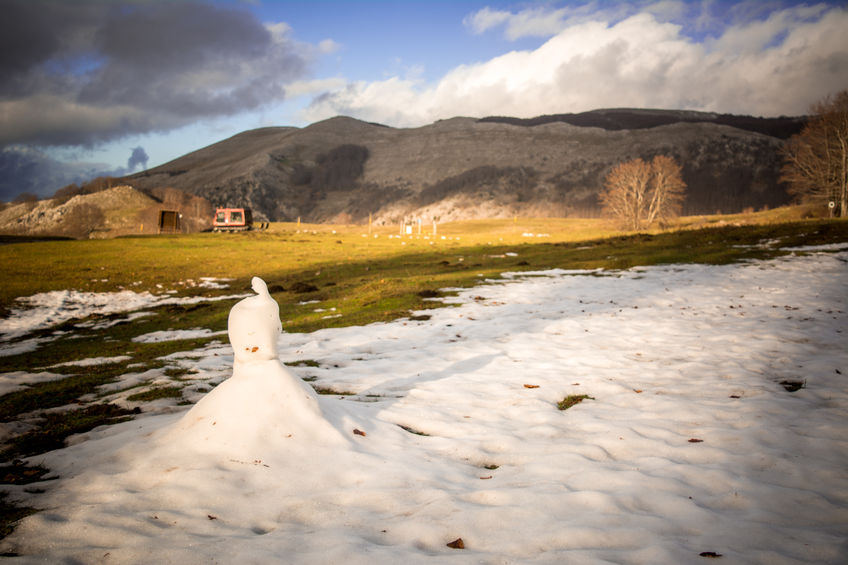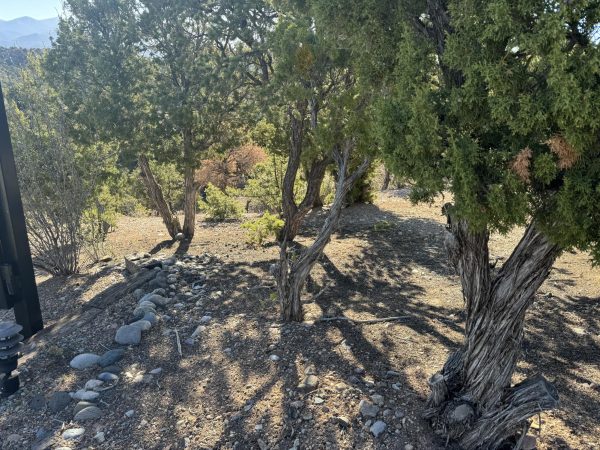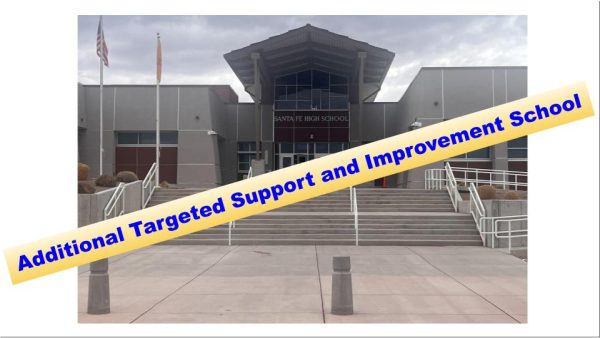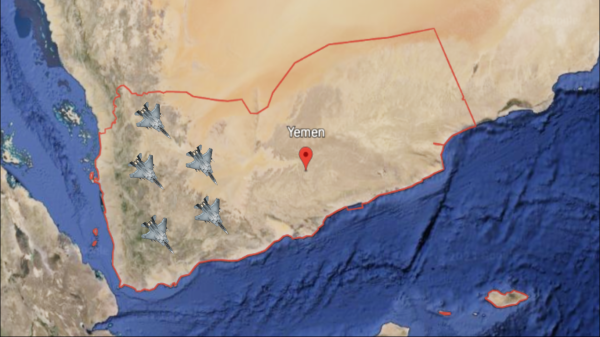Where’s The Snow?
94242901 – horizontal view of a snowman that is melting during a hot day in spring on blur mountain landscape background
February 28, 2018
Usually this time of year in Santa Fe we have an inch or two of snow in town and the entire ski area is open, but this year the weather patterns have varied largely from the typical.
This year we have gotten very little snow, with only 24 inches up at the ski basin and around 80 percent of that snow is manmade, according to Ski Santa Fe’s website.
The temperature has also been a couple degrees above average; the average temperature in February, according to the U.S. Climate Data Website, is 48 degrees Fahrenheit. This seems to be the new weather pattern because for the last four years we have had the warmest winters on record, according to the National Oceanic and Atmospheric Administration.
This change in weather patterns has led to an unsuccessful year at Ski Santa Fe. Because of the small amounts of snow, the ski area has only been able to open its lower mountain, leading to fewer people coming to Santa Fe to ski and the locals having to go to other places for more snow.
Jack Dant, an assistant manager at Ski Santa Fe, says, “Even though there is not a lot of snow, our tourist numbers have not gone down dramatically because there is not a lot of snow anywhere in the Southwest.”
He also claimed that Ski Santa Fe had better snow quality than some of the neighboring ski areas because they make better, less icy snow than some of the nearby ski areas.
However, many people are still disappointed with the lack of snow and winter-like weather and have taken to going to Colorado in search of good quality skiing or snowboarding.
Sebastian Macais, a student at SFHS who works at Ski Santa Fe, says that he wishes there was more snow so that “the snow is not as icy and that they can open more runs, including the upper mountain.” This sentiment is shared by many locals who enjoy getting up into the mountains to ski or snowboard.
The lack of snow is not just regional. Around the world we are seeing higher temperatures and less snow, which is one of the effects of global warming.
According to the New York Times, “Half of the 103 ski resorts [in the US] may no longer be viable in 30 years because of warmer winters.” This means that as the average temperature keeps rising, snow will continue to melt.
By the year 2100, if global warming is not slowed down, the average temperature is predicted to rise by about seven degrees. If this happens, then most places that are used to getting snow will have dry winters.
In Santa Fe, a lot of our water comes from the runoff from melting snow in the mountains. Without that supply, we may have to deal with another drought. During the spring months, most of the snow on our mountains melts and flows into either the Santa Fe or Rio Grande rivers, or seeps into our aquifers. Santa Fe’s supply of water comes from the Santa Fe River, the Rio Grande and the Tesuque Formation aquifer.
When there is less snow on the mountains to supply our rivers with water, we find ourselves emptying our reservoirs and aquifers, making our already dry New Mexico even drier.
Another effect that little snow has on the environment is forest fires. When vegetation and undergrowth become dry, it is more vulnerable to fire. Forest fires are then able to spread faster and do more damage.
According to a graph on the New Mexico State Forestry website, there have been a lot more fires that have burned many more acres in years where there has been less snow and precipitation during the fall and winter months.
This year, unless we start getting a lot more snow, and quickly, we can expect that our water supplies will be lower and we will be more vulnerable to forest fires. If this new trend of rising temperatures doesn’t slow down, this could also be the norm for the future.












